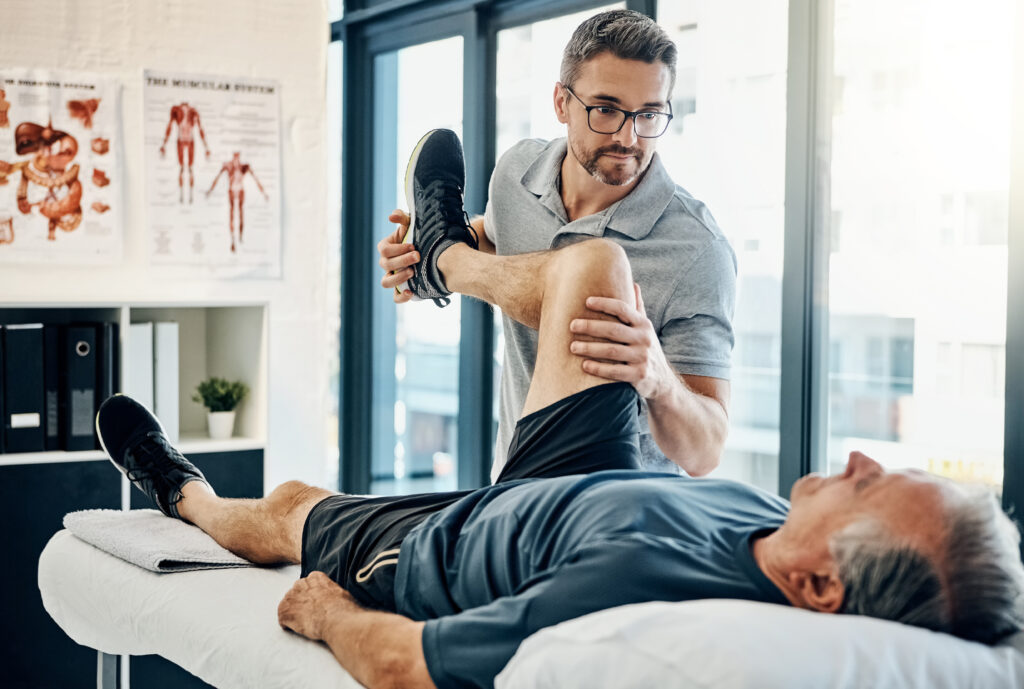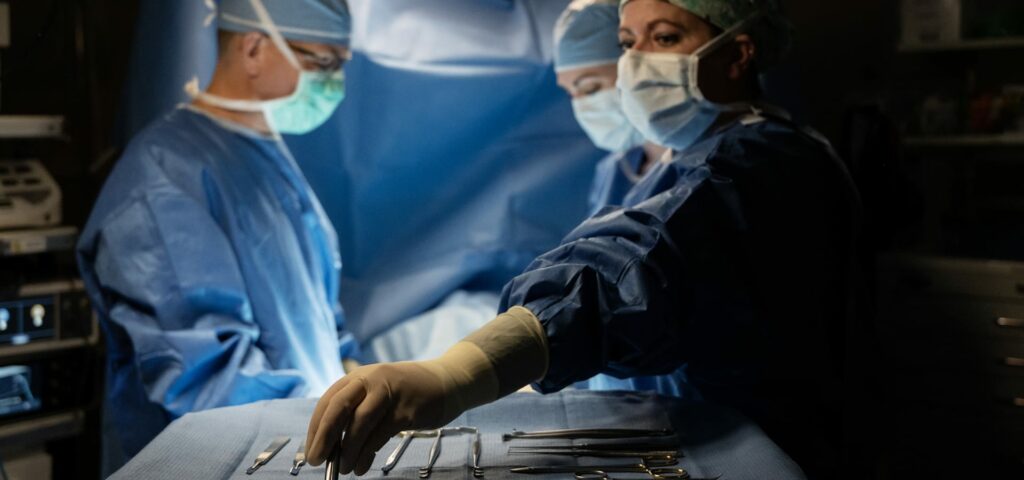Understanding Orthopaedic Surgery: Common Procedures and Recovery Tips
Orthopaedic surgery is an umbrella term for a wide range of medical procedures performed on the musculoskeletal system — specifically joints, ligaments, muscles, nerves and tendons. These procedures are designed to heal, repair, and even replace elements of the system that have been damaged.
In other words, orthopaedic surgery covers everything from minimally invasive arthroscopic procedures to total joint replacements to urgent trauma situations.
Advancements in surgical technology and education has drastically reduced the post-op recovery time for many orthopaedic procedures, but the patient has a vital role to play. By following our top recovery tips (as well as, of course, the instructions of your care team), most patients will experience a safe procedure, quick recovery time, and great results.
Let’s take a look at some common procedures, as well as tips to improve your post-op healing and recovery.
Common Orthopedic Surgery Procedures
Total Joint Services
Let’s face it: Moving parts wear out, and over time, may need replacement. Knee, hip, and shoulder joint replacements are designed for those struggling with pain, stiffness or deformity. Whether you’ve been injured or have an arthritic condition, a total joint replacement can increase your mobility and overall quality of life.
RECOVERY TIP: Do your physical therapy. Also, do your physical therapy. Finally, don’t forget to do your physical therapy. It is crucial to helping you regain strength and flexibility.

Arthroscopic Surgery
Sometimes called “keyhole surgeries” due to the small surgical incision made in these minimally invasive procedures, arthroscopic techniques allow surgeons to look inside the body using state-of-the-art ‘joint’ scopes and video equipment in order to diagnose and treat problems with large and small joints. For these types of procedures, post-operative recovery time is much shorter than with standard surgeries, meaning patients can return to normal work or sporting activities much sooner.
RECOVERY TIP: You can take a shower 48 to 72 hours after surgery and clean the incisions with regular soap and water. Do not take a bath or soak your incision site until your doctor gives the okay.

Hand Surgery
The human hand is one of the body’s most complex tools, requiring a delicate surgical approach. Common types of hand operations include carpal tunnel surgery, joint fusions, joint replacement, skin grafting and soft tissue reconstruction, tendon repair, and wrist arthroscopy. Depending on the severity of an injury or the type of surgery performed, recovery time from hand surgery could take anywhere from six weeks to four months.
RECOVERY TIP: Since the hand is often the most widely used body part, proper rehabilitation is crucial when treating fractures, arthritis, deformities or other disorders. No two rehabilitation plans are the same post-hand surgery, so be sure to carefully follow yours.
Foot And Ankle Surgery
Whether caused by age, sports injury, trauma or illness, the pain from foot and ankle disorders can limit a person’s ability to be active. This pain can be eliminated or significantly reduced through arthroscopy, arthrodesis, cartilage repair, total ankle replacement, and other techniques.
RECOVERY TIP: For the first two weeks post-op, it’s important to keep the surgical site elevated above your heart at all times (except for when making meals or using the bathroom). This can reduce pain, swelling, recovery time, and the risk of infection.
Reconstructive Surgery
As people age, conditions such as rheumatoid or degenerative arthritis can stop maximum mobility. Others may look towards reconstructive surgery for cosmetic reasons — after weight loss, after a double mastectomy, for burns, or for any number of other reasons. Orthopaedic surgeons can manage these types of disorders and needs and determine the best time, and the best type of surgical intervention.
RECOVERY TIP: Depending on the severity of the procedure, it’s possible you could need to rest and severely limit movement for the first week after surgery. So, before the procedure, do the grocery shopping, put everything within arms’ reach of the place you plan to rest, and pre-twist off the caps on any electrolyte drinks or bottles of water you might be planning to drink.
Final Word
Orthopedic surgery can provide relief and improved quality of life for individuals suffering from musculoskeletal conditions. By understanding common orthopedic procedures and following these recovery tips, you can optimize your recovery process and achieve the best possible outcome. Remember, each person’s recovery journey is unique, so listen to your body, stay patient, and celebrate progress along the way. With proper care and determination, you’ll be back to enjoying your full range of living in no time.